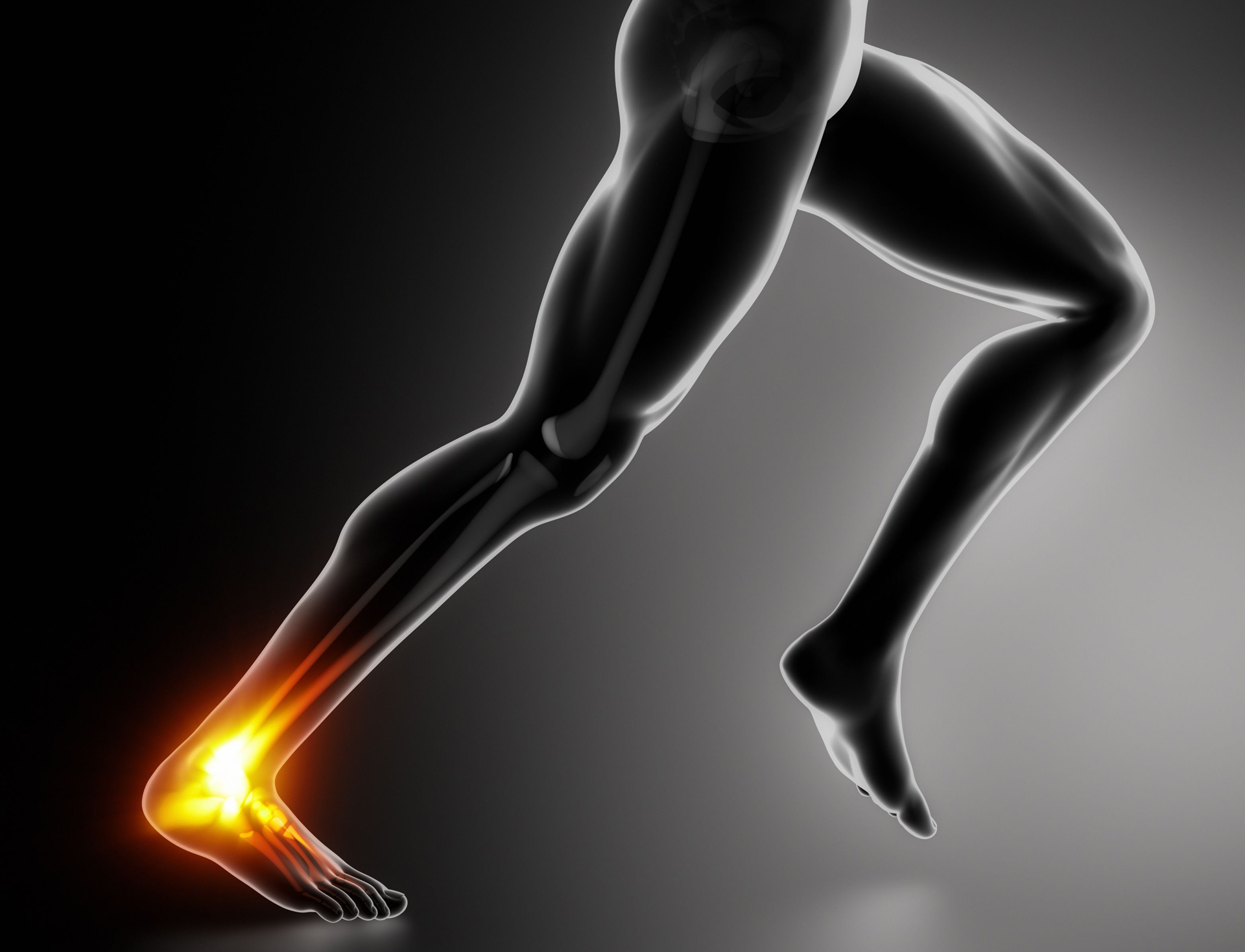What’s This Research About?
This study examines the relationship between ankle dorsiflexioin (DF) and Range of Motion (ROM) on hip and knee kinematics during a lateral (sideways) step-down task. In other words, how does the ankle affect the hip? Stepping down is considered a functional task; very few studies have looked at whether ankle DF is linked to hip kinematics during a lateral movement. In addition, most studies examine lower limb kinematics during two-legged movements. Single leg movements may require more frontal and transverse plane control.

TITLE: The association of ankle dorsiflexion range of motion with hip and knee kinematics during the lateral step down test
PUBLICATION: Journal of Orthopedic Sports and Physical Therapy
DATE: September 2016
AUTHORS : A Rabin, S. Portnoy, and Z. Kozol
Dynamic lower extremity valgus: (occurs when the lower extremity moves medially) is believed to increase ligamentous, tendinous, articular strain. This may lead to pain and injury to the tissue.
Limited ankle dorsiflexion (DF): may contribute to increased frontal knee and/or hip displacement. Limited ankle DF has been linked to decreased knee flexion, increased knee valgus, increased medial collapse of the lower extremity, and higher ground reaction forces during functional tasks. It’s also been linked to ACL tear, patellofemoral pain, and patellar tendinopathy
ROM: range of motion.
Knee valgus: characterized by hip adduction and internal rotation (think knees going inwards, or knock kneed during landing or squatting)
WB: weight bearing
LSD: lateral step down, a test commonly used in clinical setting to assess movement quality.
Kinematics: the science of motion; in human movement, it is more specifically the study of joint positions, angles, and acceleration during movement.

